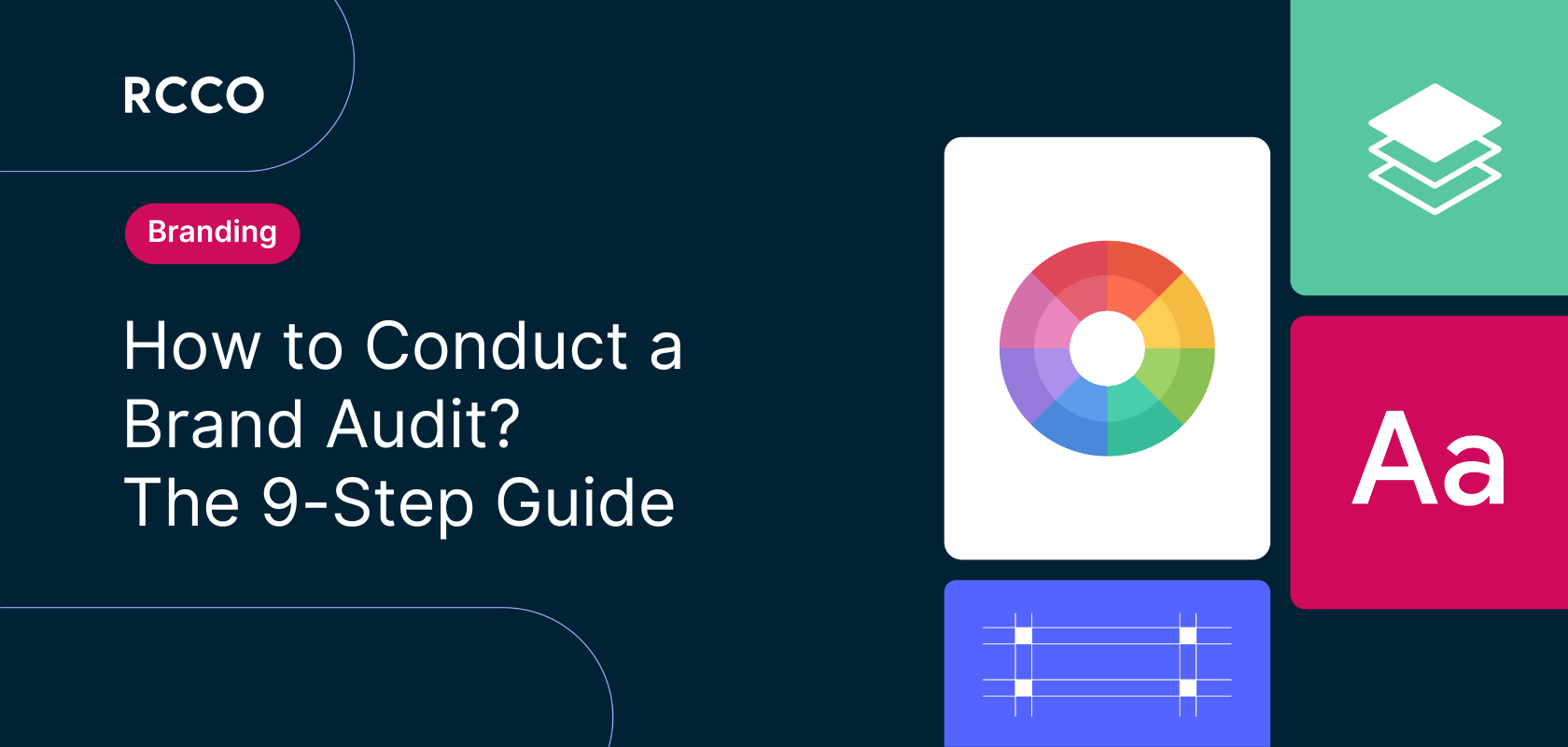The SaaS industry is booming, with forecasts suggesting a compound annual growth rate of 19.7% from 2023 to 2030.
Yet a staggering 90% of SaaS startups fail.
Why? Inadequate attention to user experience (UX) design. UX is a critical factor that impacts user satisfaction and the overall success of a business in the SaaS domain.
With years of experience in UX SaaS, we've created this article to outline everything you need to know about UX design in SaaS. We'll share ten essential practices to elevate UX in your SaaS product.
Whether you're a CMO focused on customer engagement, a product manager intent on functionality, or a CTO keen on technological efficiency, these insights will guide you to amplify the UX of your SaaS application.
So, let’s get started!
What is UX Design in SaaS?
SaaS UX design refers to the art and science of creating an intuitive, efficient and engaging interface for SaaS platforms. The focus is on aesthetics and visual elements and how the user interacts with the platform – an effective web design can influence business metrics such as user engagement, customer retention, and revenue.
As Jordan Richards, the founder and CEO of RCCO, notes, “Designing a SaaS product requires careful consideration of various important elements, from user experience (UX) to security and data management.”
The UX design process in SaaS is iterative. It undergoes constant refinement based on user feedback. Continuous adjustments help you adapt to changing user needs and industry trends. Regularly collecting and analysing feedback can help you update features or fix problem areas to create a better experience for the end user.
A well-designed SaaS platform can reduce churn rates and increase customer lifetime value, making it a crucial part of a successful SaaS business strategy.

Image: RCCO/Tech Brand
Why is UX Design Important for SaaS?
Effective SaaS UX design offers tangible benefits that impact the bottom line.
For example, a user-friendly interface has multiple benefits. Users who find a platform easy and pleasant to use are less likely to switch to competitors, reducing the churn rate, which can increase user engagement and retention rates. This typically translates into improved revenue streams.
There are also many intangible benefits. A well-designed interface can build trust and positively influence brand perception. Users are more likely to recommend a service that offers a seamless experience, creating a loyal customer base and word-of-mouth referrals.
Investing in superior UX design yields substantial ROI, and the investment in UX often pays for itself by increasing key metrics, like lowering error rates, increasing feature adoption rate and improving your Customer Satisfaction Score (CSAT).
How Do You Improve SaaS UX?
Improving SaaS UX won’t happen overnight. It’s a continuous iterative effort that requires regular analysis to identify areas for improvement. You need to focus on three main aspects: user feedback, performance metrics, and usability testing.
1. Understand Users
SaaS users span across a diverse set of industries, backgrounds, and tech skills. You must lean into user journey mapping to cater to your specific audience, as it helps identify pain points and friction areas in the user experience.
For instance, a journey map can reveal users are getting stuck in the sign-up process. This insight indicates the need to simplify the process and the visual elements that guide it.
You need to continue user research to get the right results as you target the right audience. Stay updated with changing user needs through regular surveys, feedback loops, and data analytics to make sure the UX aligns with user expectations.
2. Feedback is Gold
User feedback offers direct insights into what users like or dislike about your platform. But it only makes sense when you act upon the feedback rather than focus on collecting it.
The best policy is to implement changes based on user suggestions and retest to make sure the adjustments hit the mark. It comes back to the iterative nature of UX design; it's a cycle of design, feedback, and refinement to improve the user experience.
3. Consistency is Key
A uniform experience across all touchpoints avoids confusion among users and builds trust. Inconsistency can result in a disjointed user journey, potentially leading to mistrust or platform abandonment.
You can make use of design systems or style guides to maintain consistency. These tools standardise design elements like colour schemes, fonts, and button styles. This way, users have a coherent experience from start to finish.
10 Proven Best Practices for SaaS UX Design
Let's move on to the 10 best SaaS UX design practices. Following these guidelines can bring tangible benefits like higher user retention and lower churn rates.
Check out this comprehensive article on SaaS website best practices for deeper insights.
1. Start with In-Depth UX Research

Comprehensive research sets a strong foundation for your SaaS UX design journey, helping you understand and identify user needs and pain points.
Employ qualitative methods, like interviews, and quantitative methods, like analytics, for a holistic view. These methods align with RCCO's approach to product development, which emphasises in-depth UX research as a critical first step.
Understanding your users will help you inform every other aspect of your design process.
2. Keep it Simple and Universal

Simplicity in SaaS UX design means removing unnecessary elements and focusing on what's essential for the user. A clean, uncluttered interface makes navigation easier and improves user engagement. Your design must work well on all devices to offer a universal experience.
For example, at tech brand ACME.co demonstrates how a straightforward approach to UX can result in easy-to-use software. It employs a variety of survey inputs, like star ratings and multiple selections, but keeps the interface clean and intuitive. It resulted in a 90% uptake within the first launch week and a rollout across additional markets.
3. Optimised Information Architecture

Information architecture in SaaS focuses on organising, structuring, and intuitively labelling content. This helps with quicker and easier navigation, which creates a better user experience. You can employ a logical hierarchy, use clear labels, and create a sensible flow of information to optimise the information architecture.
The Google Digital Academy case study offers a real-world example. The goal was to streamline the process for Google's sales enablement team. They wanted an end-to-end event management platform. RCCO designed an efficient and intuitive interface to help the team nominate customers, schedule events, and manage details. This well-structured information architecture contributed to a 75% improvement in time efficiency.
The case study emphasises the value of logical content organisation. Following Google's design standards and based on in-depth UX research, the platform achieved a coherent and user-friendly architecture.
4. Build Efficient Registration
An efficient registration process is crucial for user engagement right from the start. If users find it cumbersome, they may abandon the task. It may lead to lost opportunities for the business.
Common pitfalls in the registration process include asking for too much information, unclear instructions, or complex captcha tests. And to avoid these common pitfalls, follow these best practices:
- Keep the form fields to a minimum and ask for only essential information.
- Use clear and straightforward language for instructions.
- Consider employing single-click social media logins to expedite the process.
Bonus tip: Implement real-time validation for form fields to help users correct errors on the fly. It makes the process smoother and more intuitive.
5. Provide Efficient Search Capabilities
Search capabilities on SaaS platforms help users navigate the website with ease. An efficient search mechanism helps users quickly retrieve information, while a poor search can lead to frustration and time waste.
Consider the case study of a tech platform aimed at upskilling teams. It features an intuitive tool that allows employees to search and filter resources for skill improvement. Such a search capability helps with targeted learning and also boosts user engagement.
Remember, UX design is all about making things as easy, intuitive and enjoyable as possible for the user – and the ability to search and get results promptly is a huge component of this.
6. Accessible Support

Quick and effective support can make all the difference when a problem arises. It builds trust and fosters long-term relationships with users. You have various channels available for support: email, live chat, FAQs, and even video tutorials.
- Emails are great for detailed queries.
- Live chats offer immediate answers to quick questions.
- FAQs help users find answers without waiting.
- Video tutorials can guide users through processes in an interactive manner.
For better support quality, consider a unified ticketing system. It helps manage queries from all channels in one place, leading to quicker response times and more satisfied users. The system can track common queries to improve the FAQ section. It’ll lead to faster problem-solving for future queries.
7. Create Engaging Dashboards

An engaging dashboard grabs user attention and offers valuable insights quickly. It uses data visualisation tools like graphs, charts, and heat maps to make complex data understandable. At-a-glance insights allow users to comprehend key metrics without going through raw data. It helps you make decisions faster and more efficiently.
For example, Google Analytics offers an exceptional dashboard. It provides real-time key performance indicators, uses colour contrast to highlight important metrics, and offers customisable data views. The design captures attention while serving the core purpose: simplifying complex data.
A well-designed dashboard can greatly improve user satisfaction and streamline operations.
8. Provide Enhanced Onboarding

Onboarding plays a crucial role in retaining users. A smooth, informative onboarding process sets the stage for how users interact with a product, highlights essential features and communicates the product's value proposition.
Interactive tutorials elevate this experience by providing hands-on learning. This makes it easier for users to understand and value the product.
Tip: Use gamification elements like progress bars or rewards in your onboarding content. These elements give users a sense of accomplishment and encourage them to explore the product further.
9. Iterative Improvement
Iterative improvement means you make continuous updates to enhance the user experience. This approach relies heavily on user feedback and analytics to identify areas for refinement.
Feedback provides direct insights into user needs, while analytics offer quantitative data on user behaviour. They form a solid basis for making informed improvements.
Tip: Establish a simple yet visible feedback button within the user interface. This encourages users to share their thoughts, forming an effective feedback loop. You can leverage this feedback loop to identify issues or opportunities for enhancement.
10. Promote Stakeholder Collaboration
Collaboration plays a critical role in getting the product right for different stakeholders. When product managers, designers, developers, and even customers work together, the design outcome tends to be more holistic and effective. Other than that, it helps in the following ways:
- Brings diverse expertise to the table
- User needs align with business goals
- Better decision-making
- Minimises the risk of late-stage changes
Tip: Use collaboration tools that allow real-time editing and commenting. Schedule regular check-ins with all stakeholders to discuss progress, challenges, and next steps. This keeps everyone on the same page and encourages active participation.
Concluding the SaaS UX Journey
A few key points stand out in this journey through SaaS UX design.
- A user-friendly registration, efficient search, and accessible support enhance user satisfaction.
- Engaging dashboards and effective onboarding boost user retention.
- The power of iterative improvement and stakeholder collaboration can make or break a product.
- All these elements require ongoing attention and refinement.
Continuously learning and adapting your SaaS UX design can help you stay ahead of the trends and new technologies that arrive in the future. Leverage feedback and analytics for ongoing improvements. Proactivity is your ally in delivering an exceptional user experience.
If you’re ready to take your SaaS product to the next level, reach out to RCCO for specialised help in SaaS product design. We're here to help you create an impactful and efficient SaaS UX design.






